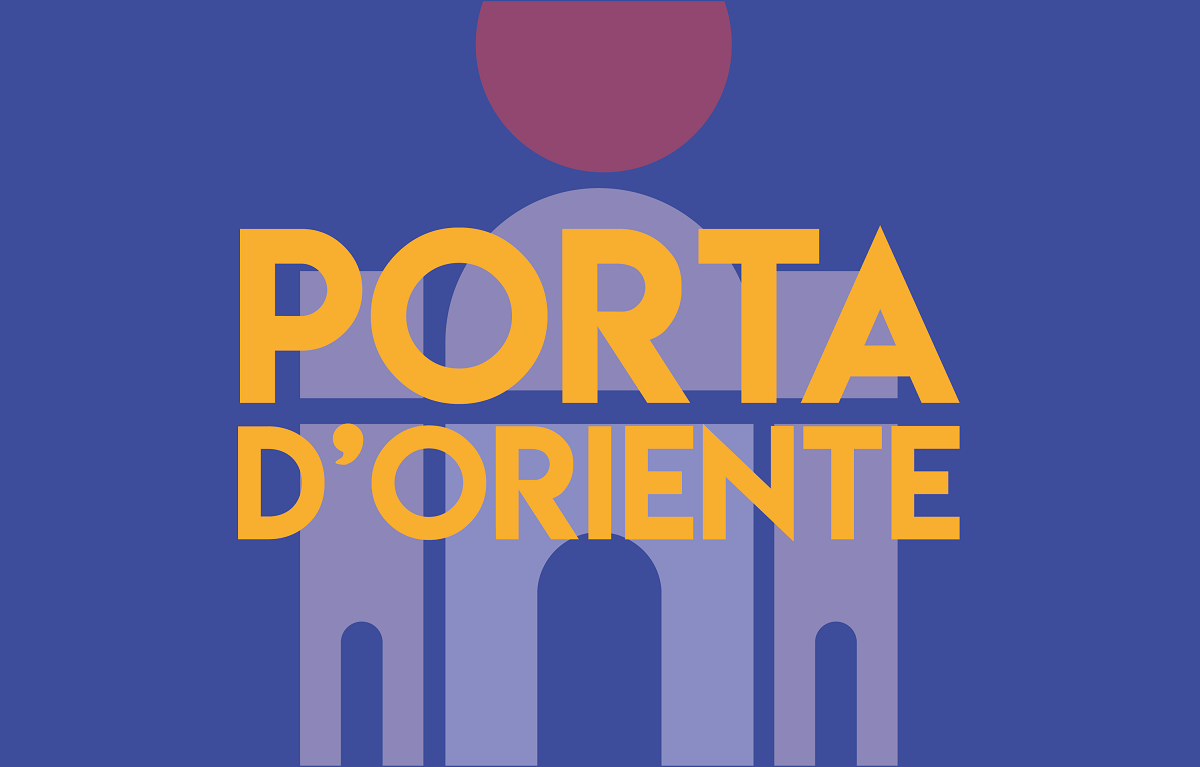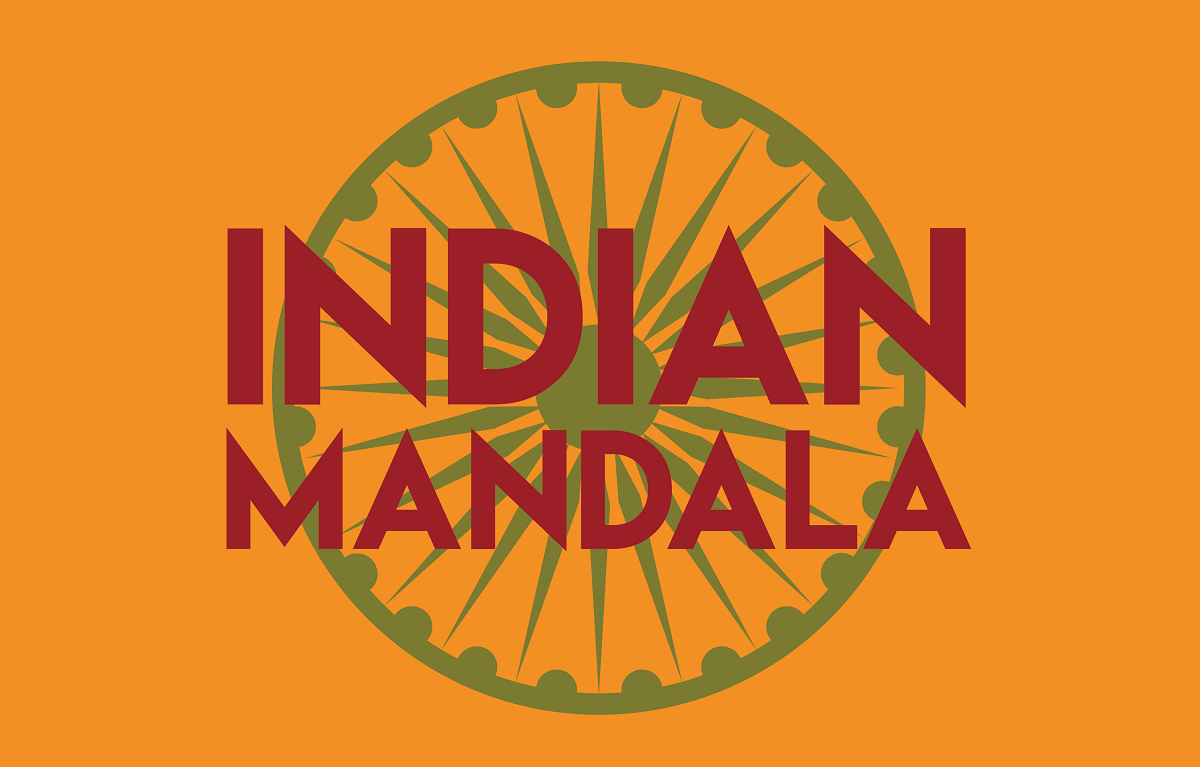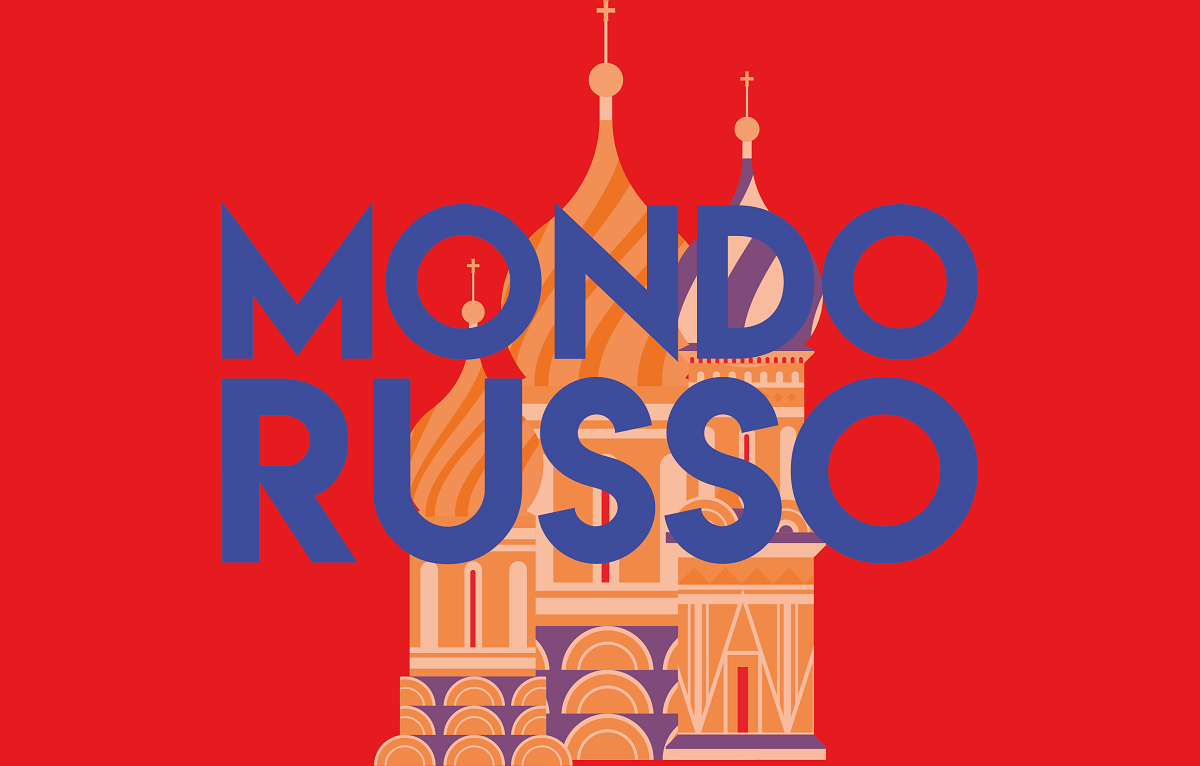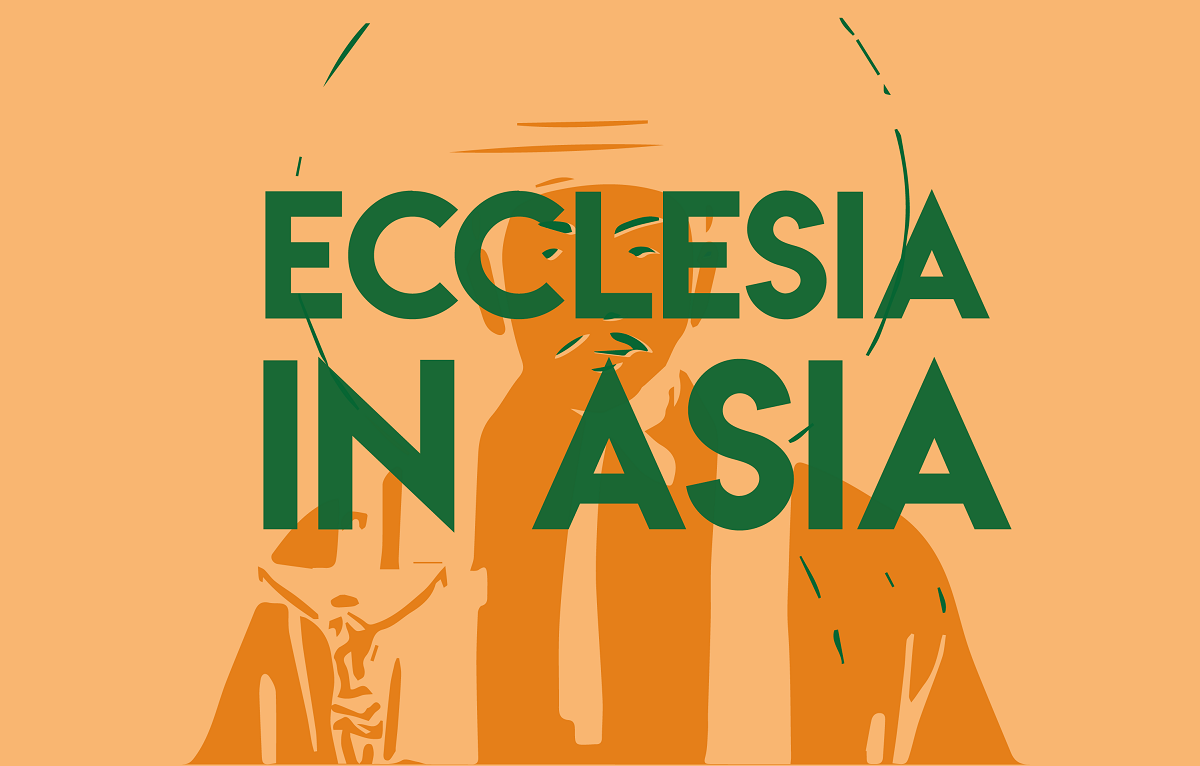The long wave of urbanisation advancing on the Pacific islands
Between 2000 and 2020, the region recorded an urban population growth rate of around 2.3% per year - one of the highest globally. By 2050, more than half of the Pacific's population will live in urban areas.
Milan (AsiaNews) - The rapid urbanisation that is also sweeping across the islands of Oceania was discussed at the 81st session of ESCAP, the United Nations Economic and Social Commission for Asia and the Pacific, which ends today in Bangkok and focused on the issue of megacities.
The urban wave is proving to be much more powerful than expected, even on islands, and the phenomenon is a problem that should not be underestimated.
Between 2000 and 2020, the region recorded an urban population growth rate of around 2.3% per year - one of the highest globally. By 2050, more than half of the Pacific's population will live in urban areas.
The report by the Economic and Social Commission for Asia and the Pacific to monitor urban transformation highlights one of the most complex issues of the phenomenon: the lack of reliable estimates.
The forecasts and graphs reported in the document, on which the United Nations bases its estimates, are cautious, revealing the problem of systematic underestimates that are difficult to correct.
For example, Honiara, the capital of the Solomon Islands, reached 130,000 inhabitants ten years earlier than expected. In Port Vila, the capital of Vanuatu, official data underestimate the actual population by 43%, revealing that the country has already reached the levels predicted for 2050.
A similar situation applies to Papua New Guinea, where experts and government agencies have raised doubts about the census methodology.
In Port Moresby, the capital, a reanalysis of the data suggests that the population in 2019 was 760,000, 62% higher than the official figures. The one million mark will be reached by mid-2025.
The problem is not just limited statistical capacity or irregular censuses. Rapid urbanisation complicates data collection, making it difficult even to trace urban boundaries. Many statistics are based on outdated boundaries dating back decades, which do not reflect the actual expansion of cities.
Growth is concentrated mainly in peripheral areas that are often excluded from municipal boundaries, as in the case of Port Vila. In addition, new dwellings escape monitoring because they are not always legal. Families, often without alternatives, settle in informal, unregistered settlements without title deeds.
This underestimation has critical repercussions on the daily lives of those living in these places, resulting in a serious shortage of services.
As if more than twice the number of guests showed up for lunch, the first effect is that there is not enough room for everyone.
Rapid and uncontrolled urbanisation puts pressure on infrastructure and housing, contributing to the expansion of informal settlements: in Port Moresby and Honiara, more than half of the buildings are not legal.
This causes a series of serious complications related to security and the economy, but that is not all. In addition, sanitation services are inadequate and the spread of disease is more likely. Waste management is also affected, with direct effects on public health and the environment.
However, urbanisation in the Pacific islands is not just an example of inefficiency. The cities in the region also offer unique alternatives to Western urban design that are typical of the Pacific and therefore deserve attention.
According to the ESCAP report, urban planning on these islands is more community-focused, promoting solutions that are more inclusive of kinship and family groups and more attentive to the ecosystem.
However, this potential risks being wasted without adequate support. According to UN experts, recent increases in funding have not been sufficient and require a more strategic and forward-looking approach.
Careful and thoughtful intervention is therefore essential to ensure that urbanisation becomes a positive force for the future of the Pacific.
12/10/2022 16:45
30/05/2022 13:39







.png)










